Laboratory Alumni
-

Dr. Adam Amir (Postdoctoral researcher)
Adam collaborated with the lab in outreach endeavors and continues to make independent films communicating environmental science to the public. His film that followed our research in the Congo Basin entitled “Science in the Congo’s” was an Official Selection and Finalist for the Raw Science Film Festival.
-
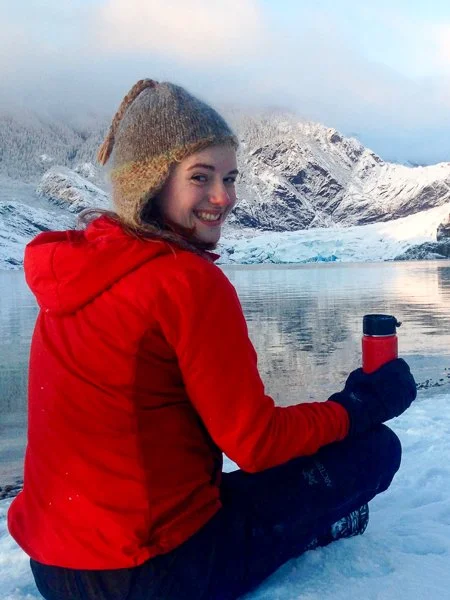
Dr. Megan Behnke
Megan focused on how climate change affects the biogeochemistry of vulnerable carbon stocks in northern high-latitudes. She collaborated extensively with the Arctic Great Rivers Observatory to investigate changes in pan-Arctic riverine DOM composition examining synchrony and stability at the molecular-level, and the application of stable and radiocarbon isotopes to delineate sources of particulate organic matter across these Arctic rivers. She also examined how source and processing control the composition of DOM from soil and tree leachates in Southeast Alaska’s temperate rainforest ecosystem. Ultimately, she used a suite of analytical techniques including FT-ICR mass spectrometry, bioincubations, and carbon isotopes to better understand climate change’s influence on carbon chemistry and thus its ultimate impact on high-latitude communities and ecosystems.
-

Gabriella Cavallini (Undergraduate student)
Gabriella analyzed samples for DOC and fluorescent DOM from a wide array of environments around the world in her time in the lab. Gabriella went on to pursue a graduate degree in Climate and Society at Columbia University.
-

Dr. Craig Connolly
As an outside member on Craig’s PhD committee at the University of Texas at Austin we collaborated with Craig to examine the quantities, sources, and fate of groundwater dissolved organic matter (DOM) inputs to lagoon systems along the Eastern Alaskan Beaufort Sea coast, and how anticipated warming will affect these processes. To answer his research questions, Craig used a combination of concentration, isotopic (stable and radiocarbon), and optical measurements, controlled laboratory bioassays, and geospatial analysis.
-

Natasha De La Cruz (Undergraduate student)
Natasha was an Environmental Science major at FSU and conducted directed individual study in the Spencer lab learning a lot of biogeochemical techniques and analyses. She helped members of the laboratory with a lot of field and lab-work preparation, as well as analyzed optical samples and conducted solid phase extractions in preparation for advanced organic matter analyses.
-
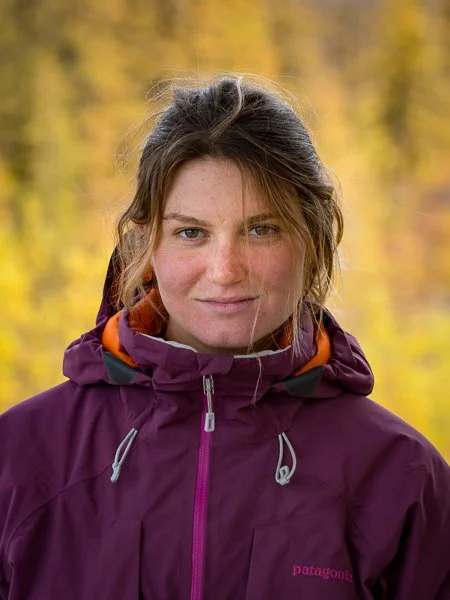
Kelsey Dowdy (Undergraduate student)
Kelsey came to Siberia twice as part of the Polaris Project and worked with us on projects focused on the fate of permafrost thaw organic matter. Kelsey went on to graduate school at the University of California, Santa Barbara as a NSF graduate research fellow.
-
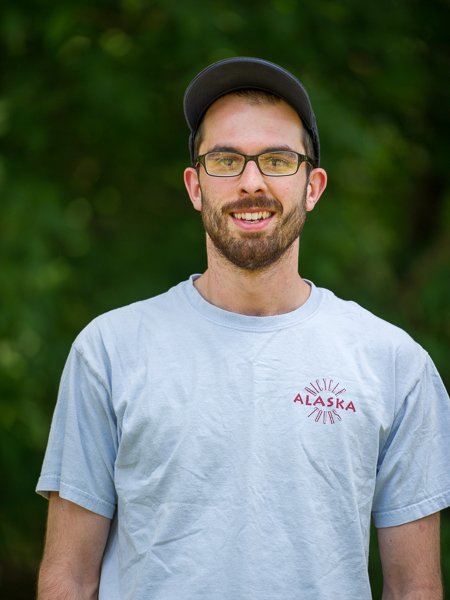
Dr. Travis Drake (PhD student)
Travis’ PhD focused on carbon cycling in the Congo Basin and particularly on how agricultural impacts on land are effecting carbon dynamics in riverine environments. Travis went on to be a postdoctoral researcher and Junior Group Leader continuing research on Congo carbon cycling at ETH-Zurich in Switzerland.
-
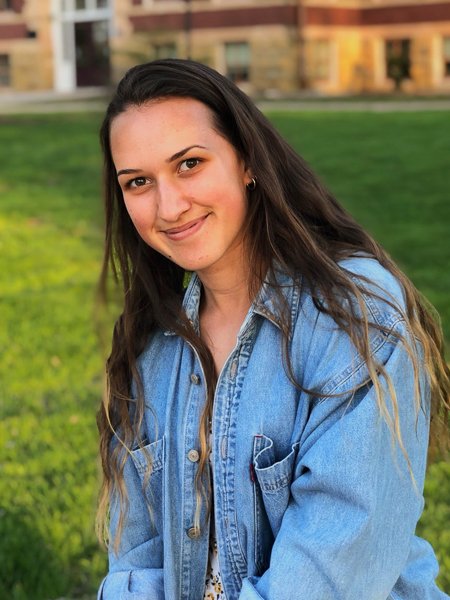
Krystal Fischer (Undergraduate Student)
Krystal was an Environmental Science major at Florida State University. She gained field and lab knowledge by helping graduate students in the Spencer Biogeochemistry Lab obtain water samples and process them in the lab.
-

Dr. Heather Forrer (PhD student)
Heather’s interdisciplinary research used biogeochemical tools and techniques to assess carbon and nitrogen cycling in the global ocean with the aim of better constraining nutrient utilization, ecosystem functioning, and carbon export potential today and in a warming world. During her PhD, she adapted analytical techniques including solid phase extraction and ultrahigh-resolution 21-Tesla Fourier transform ion cyclotron resonance mass spectrometry (FT-ICR MS) to allow for the novel molecular-level characterization of sinking particulate organic matter (POM) in the global ocean (e.g., California Current, Gulf of Mexico, and tropical Indian Ocean), and more recently in the Southern Ocean. Enumeration of these molecular-level signatures of sinking POM allows for the assessment of POM microbial remineralization and transformation with depth and across marine biogeochemical environments. This research has exciting implications for our understanding of marine carbon sequestration – specifically new insights into microbes’ roles in altering flux attenuation patterns and hence carbon sequestration duration – and ecosystem functioning of mesopelagic and benthic microbial communities.
-
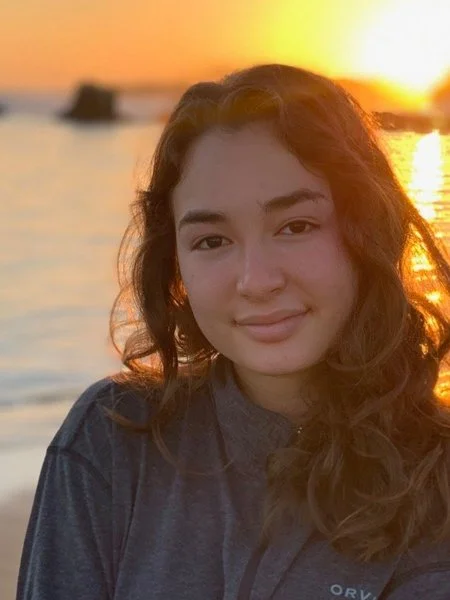
Sophia Gomez (Undergraduate student)
Sophia was an undergraduate student at Florida State University studying as a Biology major who conducted her Honors project in the lab. She helped graduate students with their research analyzing the dissolved organic carbon found in glacier environments. Working with graduate students through directed independent study, she gained experience in a lab setting.
-
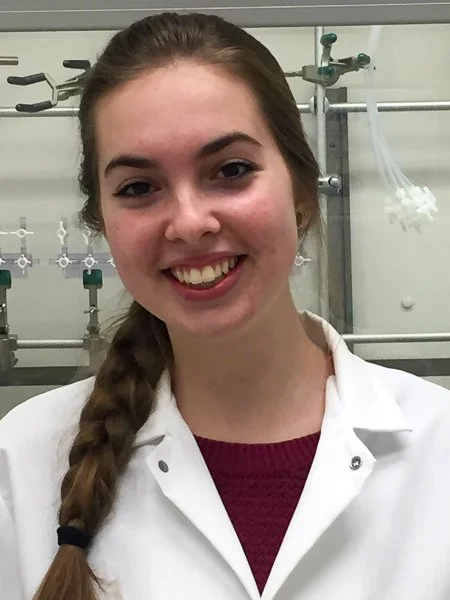
Lizzie Grater (Undergraduate student)
Lizzie conducted directed individual study in the lab and went on to be a graduate student at the University of Quebec at Trois-Rivieres. Her research focused on organic matter characterization and carbon cycling, particularly related to land-use impacts.
-

Dr. Francois Guillemette (Postdoctoral researcher)
Currently a Faculty member at the Université du Québec à Trois-Rivières his research interests revolve around the fields of aquatic carbon biogeochemistry and microbial ecology. Of particular interest is the export, transformation and fate of dissolved organic carbon from land to a vast array of aquatic ecosystems such as rivers, wetlands, and lakes, and the understanding of the metabolic response of microbial communities to changes in the supply, age, source and composition of the organic carbon pool. He uses a suite of molecular and optical tools such as high-resolution mass spectrometry, spectrofluorometry and size-exclusion chromatography, as well as stable and radioisotopes, and modeling. Aside from his research program, he also has great interests in public education for the preservation, valuation and restoration of aquatic ecosystems.
-
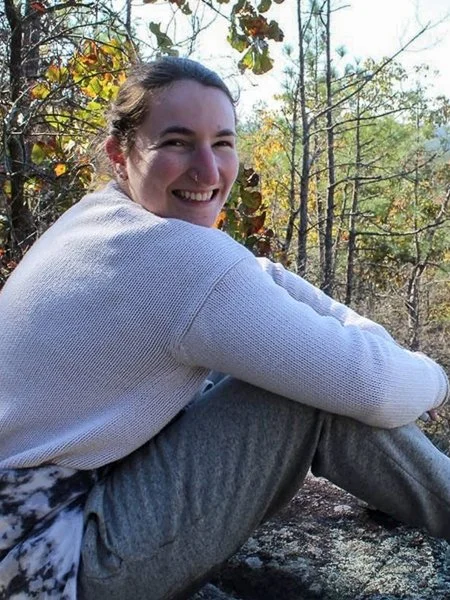
Rachael Halpert
Rachael was interested in dissolved organic matter (DOM) composition in coastal environments. As an undergraduate she studied the impacts of crude oil on coastal sandy environments and performed petroleum hydrocarbon analysis on tar ball samples from the Deepwater Horizon oil spill. She researched the degradation rates of tar balls and the ecological effects of the buried oil remains. Her graduate research involved using a TOC analyzer, fluorescence spec, and gas chromatography mass spectrometry (GC-MS) to understand DOM compositional patterns in natural waters.
-

Dr. Jon Hawkings
Jon’s research focused on iron, phosphorus, nitrogen, silica and trace element (e.g. Mo, V, Mn) production, cycling and export from glacial environments, with interest centered on the Greenland Ice Sheet, the Patagonia Ice Fields and the Himalayas. These elements are considered essential nutrients for stimulating primary and secondary production, and therefore are potentially strengthening the biological pump in the oceans surrounding the Greenland and Antarctic ice sheets, and in other glaciated environments such as the Pacific Northwest and the coast of Patagonia. Understanding the sensitivity of nutrient fluxes to increased mass loss from glaciers is therefore important. It will allow us to ascertain the potential impact of rapidly melting ice sheets on downstream biogeochemical cycles not only in the future, but also during past glacial cycles (e.g. rapid deglaciations), and snowball earth events. Jon is now a Faculty member at the University of Pennsylvania.
-

Dr. Amy Holt
Amy’s graduate research was centered on understanding the sources and cycling of DOM in glacial environments. Glacially exported DOM has a unique characteristic of being old yet highly bioavailable. As such, it may help sustain microbial activity in downstream ecosystems. Through her research, she elucidated which end-member sources contribute to glacial DOM’s unique signature in different regions on Earth. She collaborated with the Stream Biofilm and Ecosystem Research Laboratory at EPFL on their global ‘Vanishing Glaciers Project’, in order to better understand the characteristics of glacially exported DOM worldwide. So used a suite of analytical tools to understand these questions including: fluorescence, FT-ICR mass spectrometry, bioincubations, and radiocarbon dating. Together, she provided a mechanistic understanding of the source, cycling, and composition of exported DOM, helping to explain how glacial DOM can exhibit its unusual characteristic.
-

Dr. Sarah Ellen Johnston (PhD student)
Sarah Ellen’s PhD examined both spatial and temporal drivers of Arctic and boreal DOM composition across northern latitudinal gradients in a suite of inland waters. After time as a postdoctoral researcher at the University of Lethbridge in Alberta, Canada she went on to be a Faculty member at the University of Alaska, Fairbanks.
-

Dr. Martin Kurek
Martin’s graduate research was at the edge of transition zones: both at the molecular and ecological scale. He was interested in how dissolved organic carbon in dynamic redox interfaces reacts with reduced metals, reactive sulfur species, nutrients, and microbial communities. Many of these processes have the potential to change the overall composition of organic carbon making it more stable, or in some cases, more reactive. These hotspots for carbon cycling are often found in terrestrial wetland-lake transitional environments across a gradient of latitudes from the arctic to the tropics. He used a wide range of analytical tools to study the chemical composition of these sites, from ultra-high resolution mass spectrometry (FT-ICR MS) to electrochemistry with micro-electrodes. By studying the organic geochemistry of wetlands, rivers, and lakes in a changing world, he described why some carbon stays in these systems and why other forms of carbon escapes into the atmosphere.
-

Maddie Larue (Undergraduate student)
Initially interacted with us as an undergraduate on the Polaris Project in Siberia and then worked as a summer laboratory intern focused on extracellular enzyme activity in Arctic aquatic ecosystems. Maddie went on to work for the Environment Protection Agency before going to graduate school at the Vilcek Institute of Graduate Biomedical Sciences at NYU Medical Center in New York.
-

Wenbo Li (Graduate student)
Wenbo’s MS investigated common endmember sources of organic matter to glacier systems, and how degradation pathways (particularly photochemistry) may modify these sources in comparison to what is observed in glacier environments. He utilized DOM optical analyses as well as ultra-high resolution mass spectrometry to fingerprint organic matter sources.
-
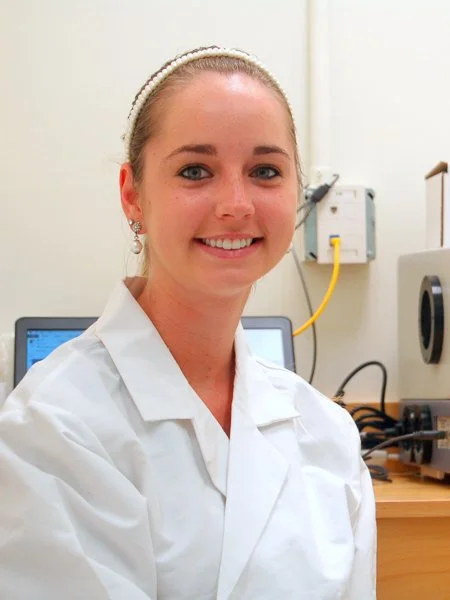
Casey Luzius (Graduate student)
As an MS student at Florida State University, Casey’s research focused on identifying and tracing natural and anthropogenic organic matter sources at Wakulla Springs – one of the largest and deepest freshwater springs on Earth. She used optical measurements (fluorescence and absorbance) and ultrahigh resolution mass spectrometry to characterize dissolved organic matter (DOM) throughout sinks and conduits in the Wakulla Springs Basin to delineate DOM sources to the spring outflow. These measurements tied together land use and origin of the DOM to assess drivers of water quality found at the major springhead.
-
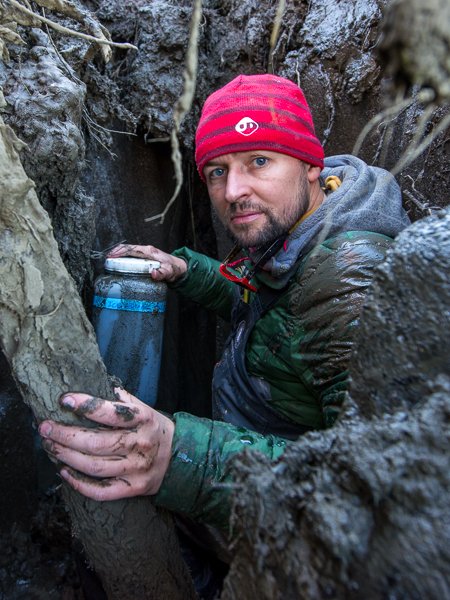
Dr. Paul Mann (Postdoctoral researcher)
Currently a Faculty member at the University of Northumbria (U.K.) Paul conducted research examining the mobilization, processing and fate of permafrost derived organic matter in Siberian fluvial networks. Paul used a wide range of techniques to conduct this research from enzyme assays to stable and radiocarbon isotopes.
-

Taylor McClellan (Undergraduate student)
Taylor assisted with analysis and data processing for techniques including Fourier-transform ion cyclotron resonance mass spectroscopy and radiocarbon, and in quiet moments could be found assisting with laboratory inventories and fieldwork preparation.
-

Aubrey Miller (Graduate student)
In her time in the Spencer lab Aubrey worked on a research project examining the mobilization of biosolids from soils to aquatic ecosystems in northern Florida. She utilized FT ICR-MS to analyze dissolved organic matter and applied this tool to fingerprint organic matter sources.
-

Megan Moore (Graduate student)
Megan Moore was a member of the Spencer lab whose research focused on the Peel Plateau in Canada and she worked closely with collaborators from Dr. Suzanne Tank’s Land-Ocean biogeochemistry research group at the University of Alberta. Megan’s research identified unique retrogressive thaw slump derived permafrost inputs in streams across six diverse thermokarst features via optical and ultrahigh-resolution mass spectrometry. Since graduation, she worked for the state of Pennsylvania writing legally binding enforcement documentation between the Department of Safe Drinking Water and Public Water Systems and is currently an Environmental Supervisor for a regional energy cooperative, which serves rural communities in North Dakota and Minnesota.
-
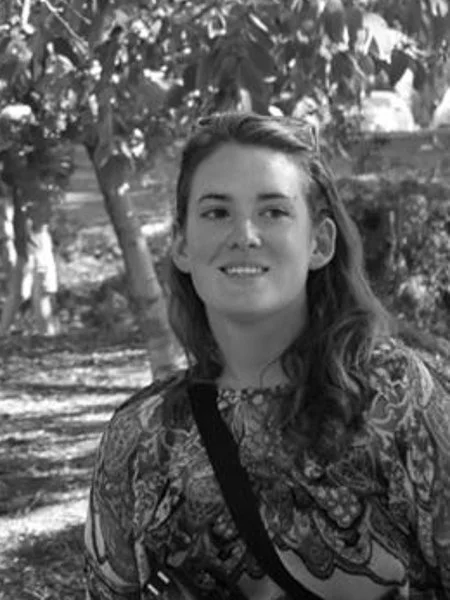
Emily Olmsted (Undergraduate student)
With a strong interest in water quality issues Emily worked with us as a summer intern focused on nutrient loading issues to freshwater and coastal environments. Her work with a local conservation agency was used to write her senior thesis linking land-use to water quality problems.
-

Dr. David Podgorski (Professional researcher)
Currently a Faculty member in the Department of Chemistry at the University of New Orleans David is an analytical chemist with a unique background in the development and implementation of methods in the field of organic matter characterization. His research focuses on applying a diverse array of analytical methods to answer fundamental, hypothesis-driven questions in the fields of biogeochemistry and petroleomics. Core to his research program is the development of analytical methods aimed at unlocking the compositional and structural continuum of organic matter, particularly dissolved organic matter (DOM).
-

Theresa Reynolds (Undergraduate student)
Theresa was an undergraduate chemistry student conducting directed independent study in the laboratory focused on solid phase extraction of organic matter and learning a diverse range of characterization techniques.
-
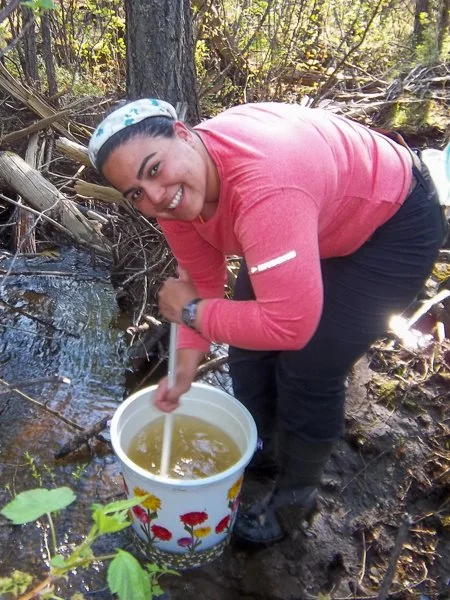
Dr. Bianca Rodriguez-Cardona
As an outside member on Bianca’s PhD committee at the University of New Hampshire we collaborated on C and N coupling in streams across biomes. Her research took place in the Central Siberian Plateau underlain by continuous permafrost, volcanoclastic streams in the Luquillo Mountains in Puerto Rico, and headwater streams of the Lamprey River Watershed in southeastern New Hampshire. These diverse sites provided natural DOC and DIN gradients as well as different DOM sources in which she performed nutrient manipulation experiments to directly assess the influence of DOM on N dynamics.
-

Jenny Rogers
After conducting research in the Spencer biogeochemistry laboratory as an undergraduate and taking part in the NSF funded international research experience for students at the Soil Cryology Laboratory in Pushchino, Russia Jenny developed a strong interest in the mobilization and fate of permafrost carbon. As such a large and vulnerable pool of carbon her graduate studies worked at sites in Siberia examining the drivers of what makes some of this ancient carbon so biologically labile. Her research encompassed a suite of techniques including radiocarbon dating, compositional measurements (absorbance, fluorescence and FT-ICR MS) and incubation studies.
-

Dr. Melishia Santiago
As an outside member on Melishia’s PhD committee at Clark University we collaborated on the use of field measurements and satellite remote sensing to improve our understanding of biogeochemical cycles in Arctic marine environments. Melishia examined the distribution and controls on chromophoric dissolved organic matter (CDOM) in the Chukchi and Beaufort Seas of the Pacific Arctic Region, and the biogeochemical impacts of sea ice decline in the western Arctic Ocean.
-
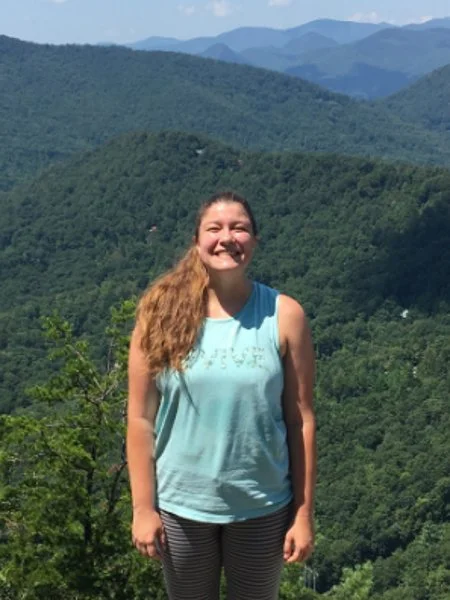
Holly Smith (Undergraduate student)
Holly spent three semesters working in the lab extracting samples from the Yukon Flats in Alaska to the Congo River Basin. She also helped to analyze lignin samples from lakes and rivers in interior Alaska to trace organic matter sources across the boreal and Arctic landscapes.
-

Dr. Sommer Starr (PhD student)
Sommer analyzed DOM samples from watersheds across the Arctic using FT ICR-MS, with a focus on changing carbon dynamics under continued warming. Some of this work included constraining pan-Arctic DOC flux estimates by including data from historically under-studied basins, characterizing the influence of peatlands and permafrost on DOM composition across West Siberia, and assessing the role of DOM origin and microbial community source on the decomposition of DOM in experimental laboratory incubations. Sommer moved on to a post-doctoral fellow position at Trent University (Canada), focusing on the impact of climate and microbial ecology on lake carbon cycling.
-
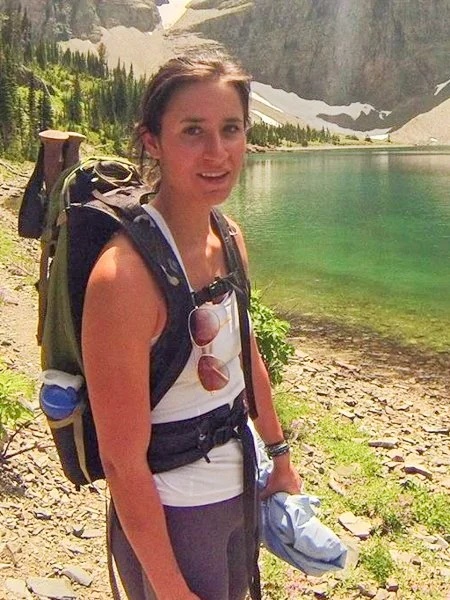
Sadie Textor (Graduate student)
Based on Sadie’s interest in the underlying mechanisms of carbon fluxes to the atmosphere, Sadie conducted research on the carbon priming effect at the terrestrial-aquatic interface. Priming is a possible mechanism by which biolabile organic carbon inputs increase the bioavailability of the more stable DOM in riverine systems, thus making it more susceptible to mineralization. Beyond looking at its potential to stimulate biogenic carbon dioxide production from previously stable components of the DOM pool, Sadie investigated if the microbial community selectively utilizes certain components based on preferences in quality. She conducted experiments focused in both blackwater swamp and Arctic permafrost systems using techniques such as bioincubations, dissolved organic carbon analysis, fluorescence spectroscopy, and FT-ICR MS to distinguish various constituents of the DOM pool.
-
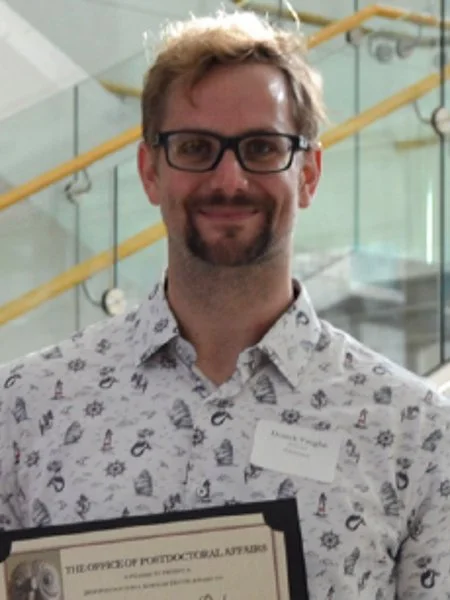
Dr. Derrick Vaughn (Postdoctoral Fellow)
Derrick was a Dean’s Postdoctoral Fellow focused on the transport of organic carbon through rivers globally, and its deposition along the coasts. Broadly, his research interests involve the study of land-ocean carbon dynamics and its changes associated with anthropogenic activity and modern climate change. He is also interested in examining how carbon amount and character has varied over the last several thousands of years as understanding how carbon changed in the past can help better predict future changes with continued climate change. His postdoctoral research focused on how contemporary anthropogenic land-use change (i.e. urban environments, agricultural practices) impact carbon export and character in fluvial environments. Central to his research is application of a diverse array of tools from modeling, to geochemical techniques (e.g. biomarkers, stable and radiogenic isotopes), as well as utilization of ultrahigh resolution mass spectrometry. Derrick is now a Faculty member at Utah State University.
